Cart
Your cart is empty
Looks like you haven’t added anything yet, browse new arrivals below!
Continue ShoppingSeeking Comfort for your MS.

Dr. Gretchen Hawley
Page content collaborator
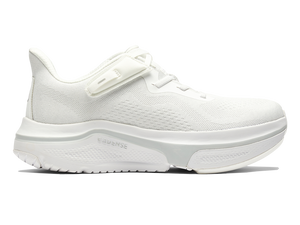

Multiple sclerosis is an inflammatory autoimmune disease that affects the brain, spinal cord, and central nervous system.
Your nerve fibers are covered with protective sheaths known as “myelin.” Mayo Clinic explains that in patients with MS, the immune system damages the myelin sheaths around the nerves. The fibers themselves may degrade as a result, and the brain and body may struggle to communicate.
Now that you understand more about the risk factors for MS, we can move on to discussing treatment and management of this disease.
Unfortunately, researchers have not discovered a cure for MS. The only option is to treat and manage the disease.
According to Mayo Clinic, doctors may attempt to modify the progression of MS by prescribing injectable treatments, oral medications, or infusions. For patients experiencing attacks, corticosteroids or plasma exchange may be used.
Patients can also treat the symptoms of MS using physical therapy along with a variety of medications.
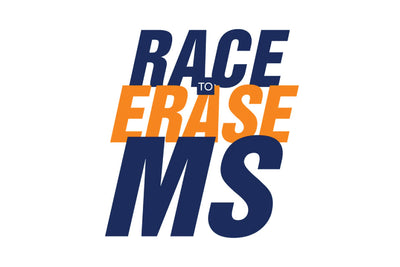


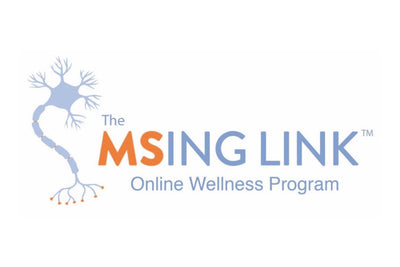

The median age of survival for MS patients was 76 years, compared to 83 years for the general population. The researchers found that patients with MS were living longer compared to those in the previous 25 years. So, it is possible to live a long life with MS.

NHS states that a lot of people who have MS are able to remain active and healthy throughout their lives. WebMD states that periods of remission can sometimes last for months.
The right treatments combined with a healthy lifestyle can help patients enjoy more and longer periods of remission and more “normal” lives.
Following are some lifestyle changes you can make that can help you spend more time in remission from MS or manage your symptoms.

Remember, smoking cigarettes is associated with worsened MS symptoms. Since quitting can lead to improvements in MS and prevent other health issues, it is recommended to consider stopping smoking.
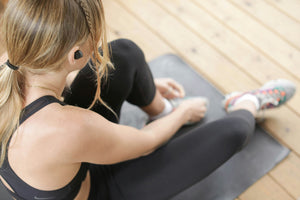
Exercising can help people with MS to increase mobility and strength, while decreasing fatigue, bladder issues, and bowel problems. That said, WebMD recommends avoiding weather that is very hot, cold or humid.
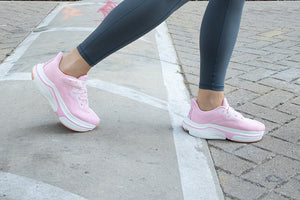
Research shows that wearing appropriate footwear can help improve balance in people walking with MS. That can lead to fewer slips, trips and falls, and a reduction in related injuries.
Yes. Even when symptoms are present, it can be challenging to diagnose MS correctly, which can lead to years of uncertainty for those in search of answers.
Some of the many conditions that can be misdiagnosed as MS include fibromyalgia, migraine, cerebral small vessel disease, functional neurological disorders, neuromyelitis optica spectrum disorders, infectious diseases, inflammatory conditions, and metabolic conditions.
How quickly MS progresses depends on the type you have. NHS says 8-9 out of 10 patients have relapsing remitting MS, featuring relapses and remissions. 2 out of 3 of those patients will eventually develop a progressive type called secondary progressive MS. It can take years, or even decades, for that transformation to occur.
Patients who do not initially develop relapsing remitting MS have primary progressive MS. This type immediately begins progressing after symptoms begin.
No particular diet has been proven effective for managing MS. Aim to eat a healthy, balanced diet with plenty of fruits, vegetables, whole grains, and healthy meat and fats. Do not eat too many sugars or processed foods.
Adaptive shoes can help MS patients to maintain their balance while moving over obstacles, reducing the chances of falls and injuries.
Spasticity in multiple sclerosis (MS) is a common symptom that can significantly affect a person's quality of life. It is characterized by muscle stiffness and involuntary muscle spasms.
The majority of people are diagnosed with MS between the ages of 20 and 40. This is the peak period when symptoms typically first appear. Early and accurate diagnosis is crucial for managing MS effectively. This often involves neurological exams, MRI scans, lumbar punctures, and blood tests to rule out other conditions.
Looks like you haven’t added anything yet, browse new arrivals below!
Continue Shopping